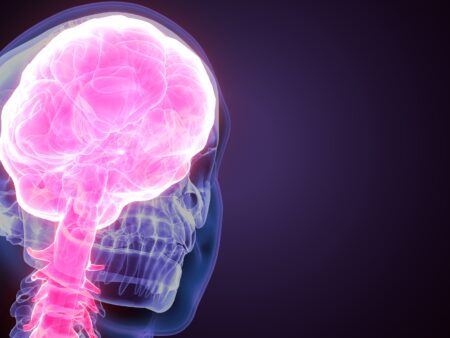Explore the concept of neuroplasticity and its potential impact on gambling addiction. Discover how the brain can change and adapt, and how this knowledge can be applied to addiction treatment and recovery.
Neuroplasticity and Gambling Addiction: Can the Brain Change?
Imagine a child playing with building blocks. As they stack and rearrange the blocks, their brain is actively forming new connections and pathways. This ability of the brain to change and adapt is known as neuroplasticity.
But what does neuroplasticity have to do with gambling addiction? Can the brain change in a way that can help individuals overcome their addiction?
In this article, we will explore the concept of neuroplasticity and its potential impact on gambling addiction. We will delve into the research and evidence that suggests the brain can indeed change, and provide insights into how this knowledge can be applied to addiction treatment and recovery.
The Neuroscience of Gambling Addiction
Before we dive into the realm of neuroplasticity, let’s first understand the neuroscience behind gambling addiction. Why do some individuals become addicted to gambling while others do not?
Research has shown that gambling addiction shares similar neurobiological mechanisms with substance addiction. When an individual engages in gambling, their brain releases dopamine, a neurotransmitter associated with pleasure and reward. This surge of dopamine reinforces the desire to gamble, creating a cycle of reward-seeking behavior.
Over time, the brain becomes desensitized to the dopamine release, and individuals require larger and riskier bets to experience the same level of pleasure. This tolerance leads to a compulsive need to gamble, even in the face of negative consequences.
The Role of Neuroplasticity
Now let’s turn our attention to neuroplasticity. Neuroplasticity refers to the brain’s ability to reorganize and form new neural connections throughout a person’s life. It is this ability that allows us to learn, adapt, and recover from injury.
Studies have shown that addiction can cause structural and functional changes in the brain. Chronic substance use, including gambling, can alter the brain’s reward system and impede decision-making processes. However, research also suggests that these changes are not necessarily permanent.
Can the Brain Change?
The brain’s capacity for change, known as neuroplasticity, means that it is not a fixed organ. It can adapt, rewire, and form new connections, even in the face of addiction.
Studies using neuroimaging techniques, such as fMRI, have found evidence of neuroplasticity in individuals recovering from addiction. These studies have shown that the brain’s structure and function can gradually revert to a more normal state with abstinence and treatment.
Neuroplasticity works through various mechanisms, including synaptic pruning, where weaker connections are eliminated, and the strengthening of existing connections. This process allows the brain to compensate for the damage caused by addiction and adapt to new patterns of behavior.
Harnessing Neuroplasticity in Addiction Treatment
The understanding of neuroplasticity has significant implications for addiction treatment and recovery. If the brain can change, then treatment strategies can be developed to facilitate this process.
One approach that leverages neuroplasticity is cognitive-behavioral therapy (CBT). CBT aims to help individuals identify and change negative thought patterns and behaviors associated with addiction. By rewiring the brain through therapy and practice, individuals can develop healthier coping mechanisms and reduce their reliance on addictive behaviors.
Mindfulness meditation is another technique that can harness the power of neuroplasticity. Research has shown that regular meditation practice can increase the thickness of the prefrontal cortex, the part of the brain responsible for decision-making and impulse control. By strengthening this area, individuals may find it easier to resist urges and make more rational choices, reducing their vulnerability to addiction.
Other interventions, such as neurofeedback and transcranial magnetic stimulation (TMS), are also being explored as ways to modulate brain activity and promote neuroplasticity in addiction treatment.
The Journey to Recovery
Overcoming gambling addiction is a complex and challenging journey. Understanding the role of neuroplasticity can provide hope and motivation for individuals seeking recovery.
By recognizing that the brain can change, individuals can take active steps towards breaking the cycle of addiction. Seeking professional help, engaging in therapy, and adopting healthier coping mechanisms are all strategies that can facilitate neuroplasticity and support long-term recovery.
Conclusion
Neuroplasticity offers a glimmer of hope for individuals struggling with gambling addiction. The brain’s ability to change and adapt means that addiction is not a life sentence. Through targeted interventions and support, individuals can rewire their brains and reclaim control over their lives.
As we continue to uncover the mysteries of the human brain, neuroplasticity provides a beacon of possibility. It reminds us that change is possible, no matter how deep-rooted the addiction may seem.










